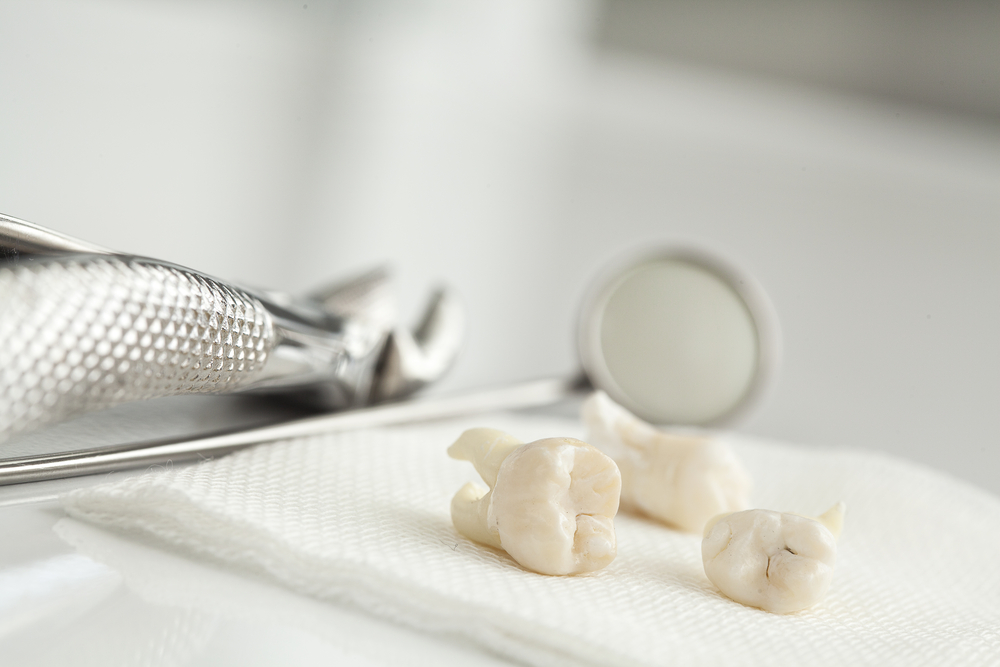A Guide to Wisdom Teeth Removal
Wisdom teeth, the third set of molars that appear in late adolescence or early adulthood, often become a concern during dental check-ups. While not everyone needs to have their wisdom teeth removed, many of us do, and delaying the procedure can lead to complications down the line. Discover more about the benefits of wisdom teeth removal, the risks of waiting, and what you can expect from the procedure.
The Risks of Delaying Wisdom Teeth Removal
Wisdom teeth can often grow impacted, meaning they do not fully erupt through the gum line or grow at an angle that threatens the alignment and health of your other teeth. Here are some potential issues caused by delaying wisdom teeth removal:
Infection and Gum Disease
Partially emerged wisdom teeth can create pockets in the gums where bacteria thrive, leading to painful infections and potential gum disease.
Damage to Adjacent Teeth
If wisdom teeth grow at an angle, they can push against other teeth, leading to misalignment, damage, and pain.
Cysts and Tumors
In more severe cases, cysts or tumors can form around impacted wisdom teeth, potentially leading to the need for more serious surgical interventions.
Benefits of Wisdom Teeth Removal
Removing wisdom teeth can prevent these complications and also provide immediate benefits such as:
Pain Relief
Removal eliminates the source of pain caused by impaction or crowding.
Improved Oral Health
With wisdom teeth gone, there’s less risk of decay and gum disease, as these teeth are hard to reach and clean.
Better Alignment
Removing these teeth can prevent them from crowding others, helping to maintain the natural alignment of your teeth.
What to Expect During the Wisdom Teeth Removal Procedure
Understanding the steps involved in wisdom teeth removal can make the decision easier:
Initial Consultation
A dentist or oral surgeon will take X-rays to determine the position of your wisdom teeth and discuss the best course of action.
The Procedure
Wisdom teeth removal is usually an outpatient procedure. It can be performed under local anesthesia, sedation, or general anesthesia, depending on the complexity of your teeth and your comfort level.
Removal Process
The surgeon will make an incision in the gums to expose the tooth and bone. Any bone blocking access to the tooth root will be removed, and then the tooth itself. If necessary, the tooth may be broken into smaller pieces to make the removal easier.
Recovery
You will be given care instructions post-procedure, which typically include rest, a limited diet, and medication to manage pain and prevent infection.
Post-Procedure Care and Recovery
Recovery typically involves a few days of prescribed rest and a diet of soft foods, including yogurt, mashed potatoes, and applesauce. Swelling and discomfort are common but manageable with ice packs and medication. Most patients fully recover within a few weeks.
Schedule an Appointment
If your dentist has recommended the removal of your wisdom teeth, it’s wise to act on their recommendation. Early removal can help prevent many issues and lead to a quicker and less complicated recovery. Schedule a consultation today by filling out our online contact form to discuss your options and plan for a healthier future for your teeth and gums.
Dr. Brittany Eidson, DDS, FACS realized her passion for oral and facial cosmetic surgery while studying at the University of Michigan. It was during this time she also uncovered her strong desire to serve her country and community. Dr. Eidson completed her residency in Oral and Maxillofacial Surgery in the Army at Walter Reed National Military Medical Center. She was commissioned as an officer in the US Army earning the rank of Major, and continued serving her country for 13 years. Her last duty station was in Fort Hood Texas, where she was the staff surgeon at Carl R Darnall Army Medical Center. While at Fort Hood, Dr. Eidson performed numerous rhinoplasties, jaw reconstructive, TMJ, and Orthognathic surgeries on hundreds of soldiers during active duty. After finishing her service to the Army, she completed a one-year fellowship in Facial Cosmetic Surgery through the American Academy of Cosmetic Surgery. Her practice is now focused on esthetic surgery of the face.








